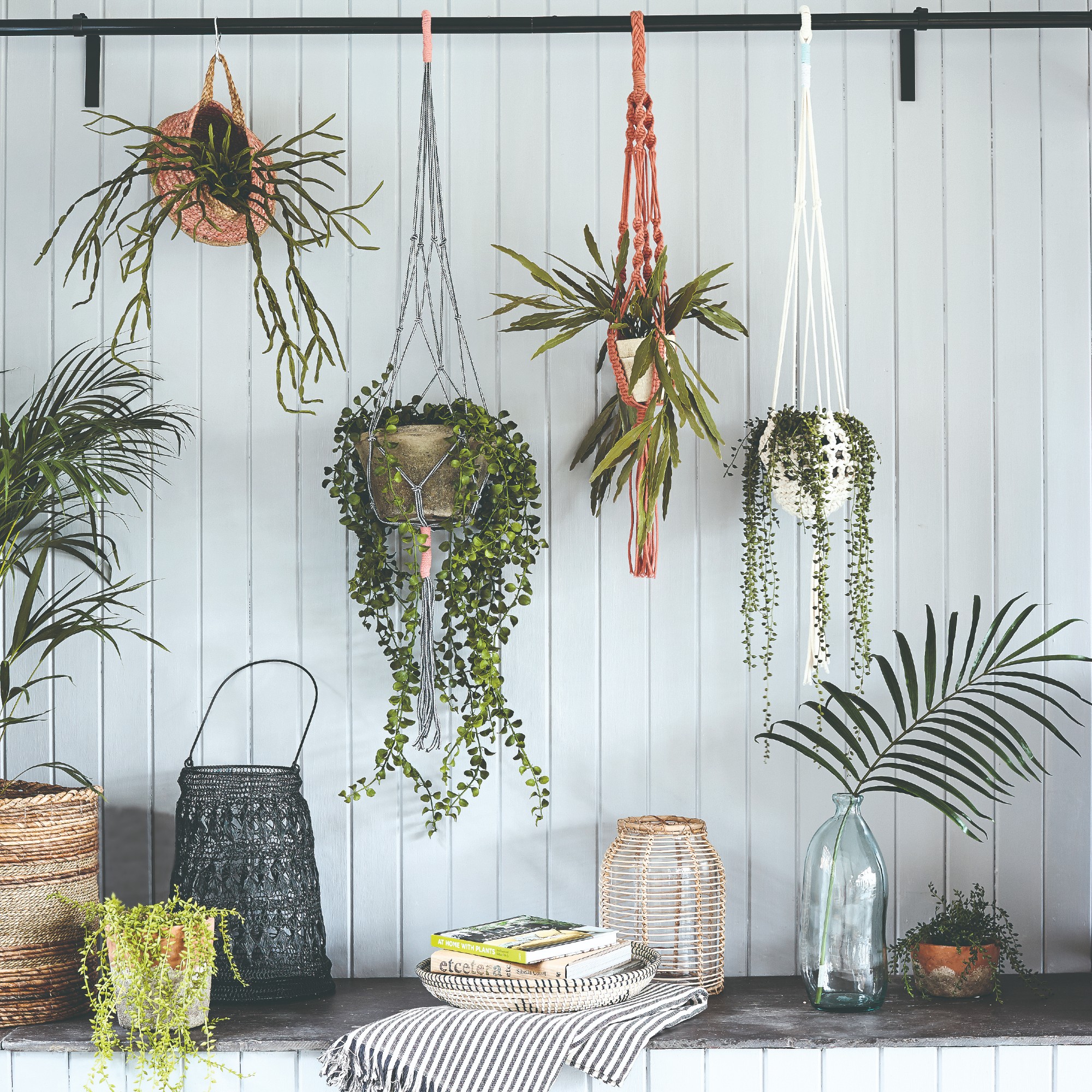
As the name suggests, houseplants are accustomed to life inside the home. But with temperatures dropping, energy bills rising, and more and more people struggling to heat their homes, it’s important to know what to do with houseplants that are exposed to the cold.
Although you can wear a few extra layers and invest in thermal curtains to keep yourself warm this winter, it’s important to consider your houseplants when turning your thermostat down. If you’re feeling the chill, your houseplants are likely feeling it too. And this requires some extra effort on your part.
We’ve spoken with experts to help you understand what to do with houseplants that are exposed to cold and how to spot the signs of a cold houseplant. After all, even unkillable houseplants aren’t immune to British winters…
What to do with houseplants exposed to the cold
If you have big houseplant ideas, you probably know everything there is to know in regards to their watering schedules, their humidity requirements, and how big they’ll grow.
But do you know what temperature is considered to be too cold for your houseplants? Below, we’ve got everything you need to help your houseplants survive a cold spell, and how to care for houseplants in winter.

1. Move them to a warmer spot
If you suspect that your houseplants are too cold, the first thing you should do is move it elsewhere. Obviously, its current location is not conducive to a happy and warm houseplant, so it’s best to move it somewhere it can be more comfortable.
Steve Chilton, garden expert at LeisureBench explains, ‘If only certain parts of your house are cold and you heat other parts, I recommend moving them from the cold spot to the warmer spot. You should also keep them away from any cracks in doors and windows, as these will let in cold air.’
And while you may feel inclined to move a cold houseplant closer to a heat source, it’s also important to ensure your houseplant doesn’t get too hot.
Oliver Hill, gardening expert and founder of Garden List, says, ‘While keeping plants warm is important, avoid placing them too close to heaters or radiators. Direct heat can dry out plants quickly and cause damage.’
So, try to find a happy medium when moving your houseplants - and most experts would agree that this is the windowsill.
‘Although some days it could be sunny and the temperature is still freezing, placing them in the sun is warmer than having them somewhere dark,’ says Steve.
2. Avoid overwatering
Maintaining a regular watering schedule for your houseplants is the key to their survival, but it’s highly likely that you won’t need to water them as much in the winter. And if your houseplants are exposed to the cold, you might need to withhold even more water from them.
Steve explains, ‘If it's cold, it's likely that your plant will need less moisture. I recommend always checking the moisture levels of the soil before you water it just to avoid any potential overwatering.’
For the most part, you can allow the top layer of soil to dry out before watering again, as you really don’t want to run the risk of overwatering your houseplants when they’re cold. When watering, it’s also a good idea to check that the soil is draining well. If not, water them even less.
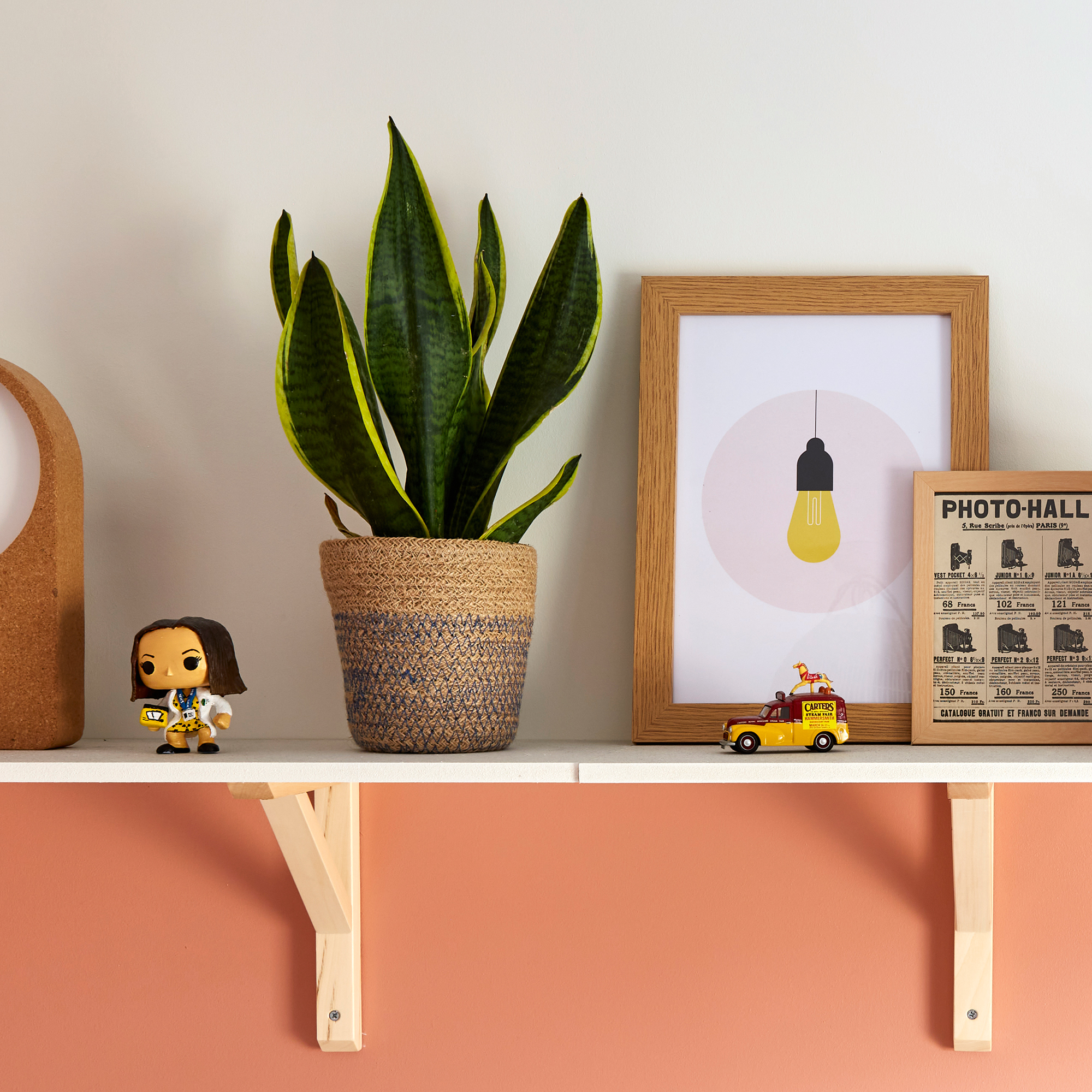
3. Give them a dust
If you can’t give your cold houseplants the heat that they want, you should at least give them the option to embrace the sunshine. And while placing them on a windowsill can help with this, many indoor plants also succumb to a dusty home.
In fact, houseplants with big or long leaves, like the snake plant or a Monstera, are particularly prone to having dusty leaves, which affects how much sunlight they can use for photosynthesis.
Because of this, try and dust them on a regular basis. And if you find that this isn’t doing the trick, grab a damp cloth or give them a once-over with a shower head. Just remember that if you shower your houseplants, you should only do so with lukewarm water for a maximum of two minutes.
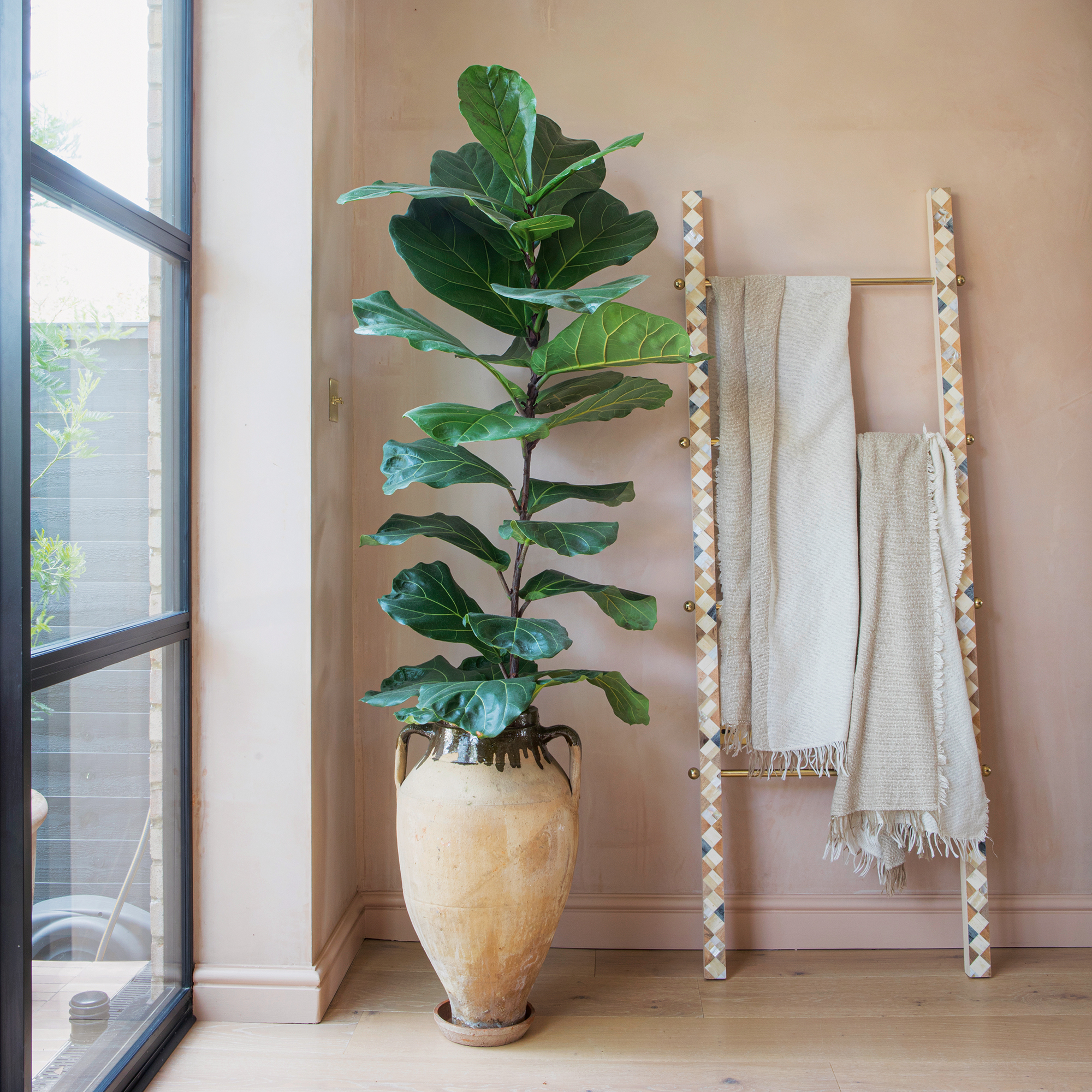
4. Avoid repotting
Houseplants can be fairly hardy, but they can also be sensitive to changes. That’s why you should avoid repotting your houseplants if you suspect that they are struggling to cope with the cold temperatures in your house.
Oliver says, ‘Unless absolutely necessary, avoid repotting plants during the winter as they are typically in a dormant state and can be stressed by the change.’
You shouldn’t need to repot your houseplants in the winter, anyway. So, save this task until the temperature warms back up and you start to see new growth.
5. Make a priority list
If you’re struggling to keep your house warm in the winter and you’re planning on heating the room you’re using rather than the whole house, you need to take a moment to think about your houseplants.
‘Every plant has a different ideal temperature in which they thrive,’ explains Steve. ‘It's important to make sure that you know exactly what temperature all of your plants require in order to make sure you can correctly position them and prioritise which plants need to be in the warmth more.’
A little research can go a long way when you’re dealing with cold houseplants, as you can prioritise which ones need more TLC than others.
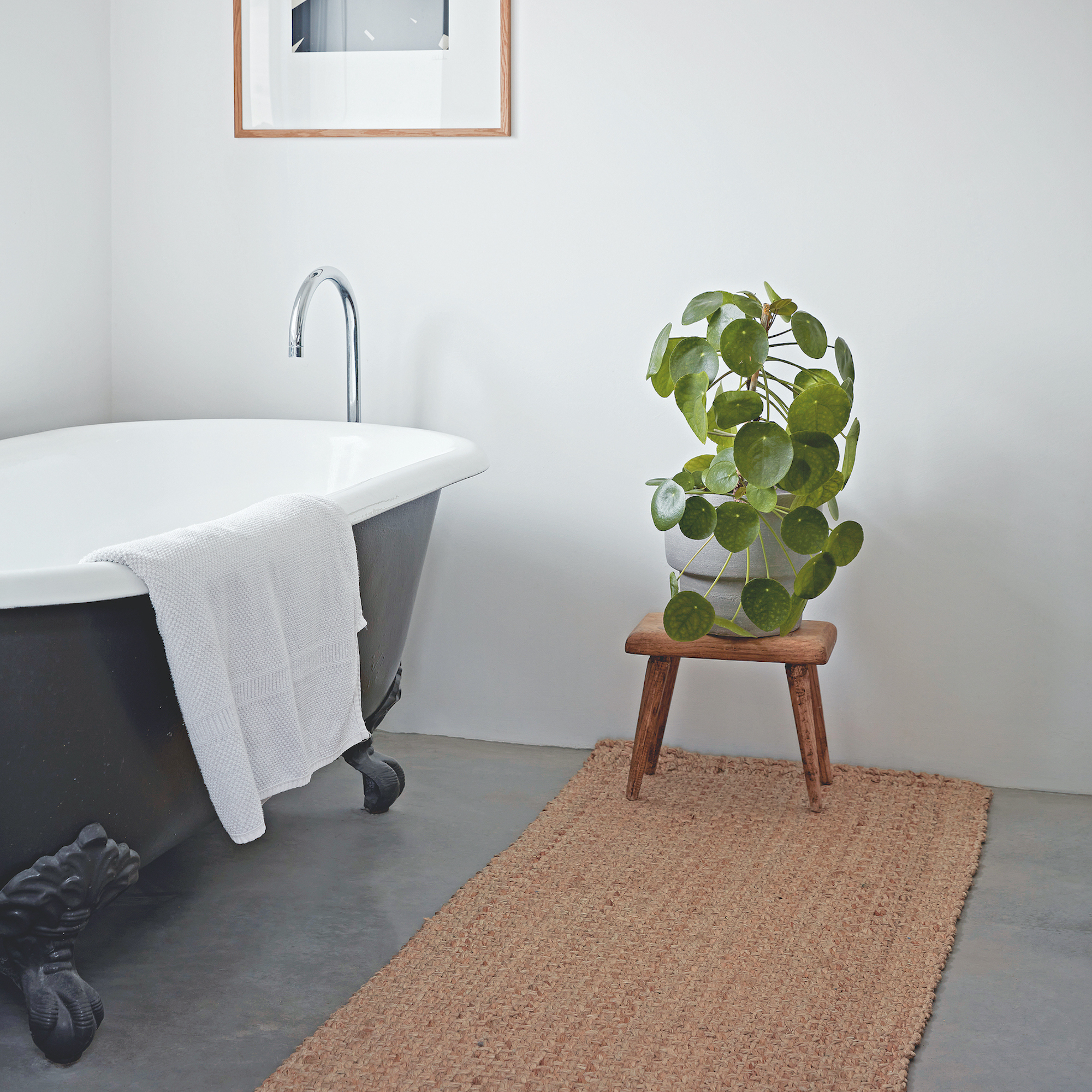
Signs your houseplant is too cold
Generally, most houseplants thrive when the temperatures are between 12 and 24C. But if you’re worried that your houseplant is too cold, there are some signs you can look out for:
The leaves start to curl: If you’ve noticed that the leaves of your houseplant have started to curl underneath themselves, it’s highly likely that it’s too cold living in its current position and needs to be moved to a warmer area of the house.
The leaves change colour: As well as curling, the leaves of a cold houseplant may also start to change colour. In most cases, they’ll either start to turn yellow or brown. If they turn brown, it won’t be long before they fall off completely.
Wet and mouldy soil: A cold houseplant will struggle to complete its basic tasks, which is why it may struggle to absorb water. But if your watering habits haven’t changed and you’re faced with wet and mouldy soil, this is a sure sign that your houseplant is too cold.
Mushy roots: Some plants can survive a cold snap, and the best way to check whether it’s survived is to look at the roots. If they’re firm and white, the plant has survived, and you can give it the TLC it deserves. If they’re mushy and brown, however, there’s no coming back.
Stunted growth: It’s unusual for houseplants to grow a huge amount in the winter anyway, but if you notice that your houseplant is growing slower than usual, it may be too cold.

How cold is too cold for most houseplants?
Houseplants are easily adaptable and can live in temperatures ranging from 12 to 24C. However, it’s generally considered that anything below 10C is just way too cold for a houseplant to survive.
This low temperature is even more damaging to houseplants if that temperature drops drastically. They prefer stable temperatures to thrive.
How do I protect my house plants from the cold?
The best way to protect your houseplants from the cold is to try everything to keep them at their desired temperature. Do your research to understand the best temperature for your specific houseplant, and then aim to move it to a warmer spot in your home.
If this isn’t possible, opt for the second-best option - sunlight! Even if your house is freezing, offering your houseplant sunlight is better than nothing.
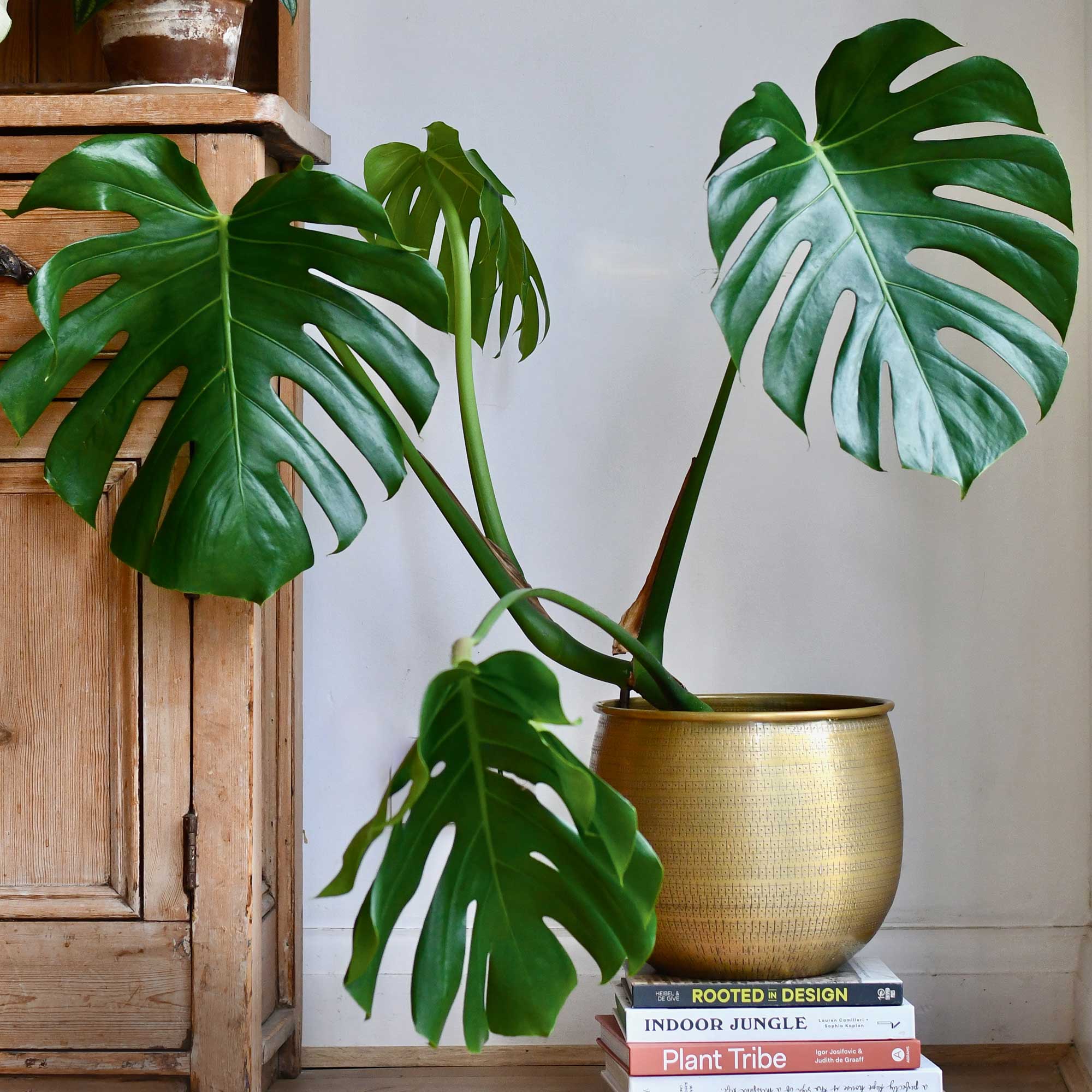
What happens if Monstera gets too cold?
Although the big leaves of a Monstera are what makes this houseplant stand out from the rest, it’s these leaves that suffer the most if it gets too cold. Normally, the tips of a cold Monstera plant will start to curl and turn brown when the temperature drops, and they may even fall off as they become more and more brittle.
So, keep your eyes peeled for the signs of a cold houseplant and keep them warm if they’re exposed to cold temperatures this winter.







